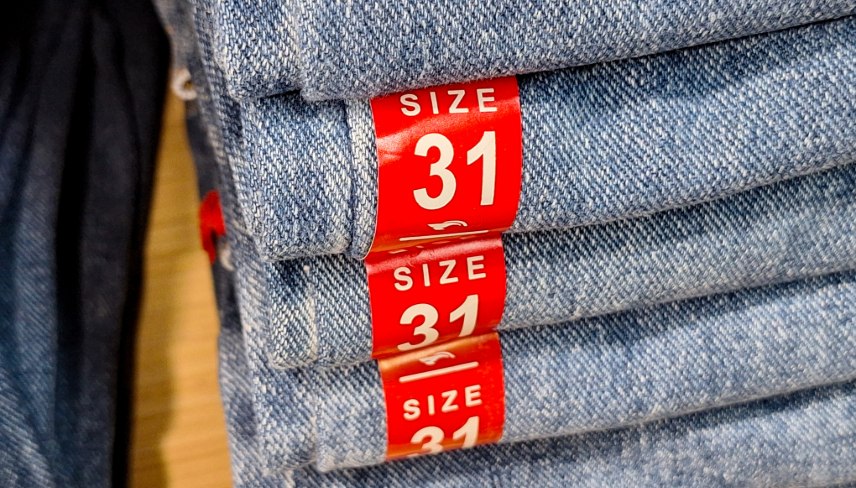Understanding BPS Exposure Risks in Apparel Tags and Stickers

12 Jun 2025
Enforcement activity under California’s Proposition 65 has increased in relation to potential dermal exposure to BPS from handling apparel tags and stickers used in garment labeling. To reduce risk and maintain compliance, apparel brands should assess their labeling materials and ensure that thermal papers, inks and adhesives are free of BPS.
There is a growing regulatory and legal focus on BPS exposure from temporary tags and stickers used on apparel and consumer products.
To date, 22 Proposition 65 Notices of Violation have been issued in California for BPS exposure primarily linked to thermal paper receipts. However, recent actions by private enforcers now include stickers and product tags such as clearance stickers and point of sale tags. These tags may contain BPS due to following reasons:
- Thermal paper coatings (as a heat sensitive developer)
- UV or flexographic printing inks (as an additive)
- Pressure sensitive adhesives (as a tackifier or stabilizer)
We recommend reviewing your tag and labeling materials with your suppliers to confirm BPS free formulations and explore the following alternatives.
Thermal Paper:
- Pergafast® 201: Non bisphenol, high image stability, widely used
- Urea-based compounds: Safer toxicological profile
- Blue4est® phenol free paper: FSC certified, BPS/BPA free, prints in blue
Inks:
- Water based: Sustainable and BPS free, longer drying time
- Soy based: Renewable, BPS free, high print quality
- BPS free UV inks: Safer photo initiators
Adhesives:
- Acrylic Pressure Sensitive Adhesive (PSA): BPS free
- Natural rubber/resins: Biodegradable but lower durability
- Hot melt (BPS free tackifiers): Use rosin esters or hydrocarbon resins
- Silicone adhesives: Inert and BPS free, higher cost
Please let us know if you'd like support in evaluating supplier documentation.
